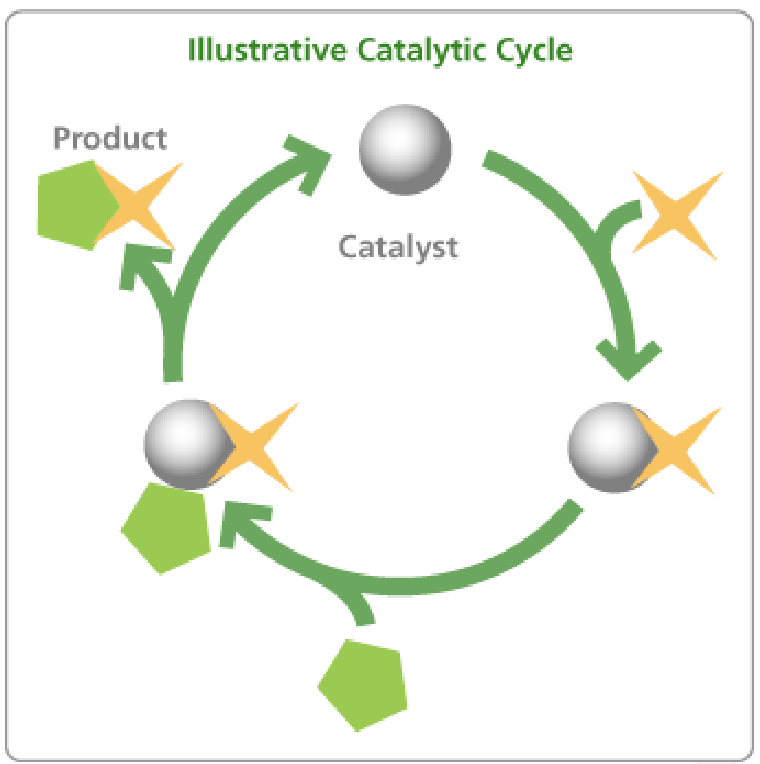79.WHAT IS A CATALYST?
Suppose you have two friends who don’t know each other. You introduce them and leave them alone. Nothing happens. They can’t seem to get together. Then you join the company and, when all three of you are together, your two friends suddenly take to each other. In this situation you have been a “catalyst!” In science or chmistry, a catalyst is a substance Which by its mere presence hastens or slows a chemical change. Suppose a manufacturer wants to produce a certain chemical compound synthetically, that is, by combining simpler substances to form it. He often finds that these simpler substances will not combine at all, or will combine too slowly to be of use. So he adds a catalyst.
A catalyst hastens or slows a chemical change, without changing itself permanently. If it does change for a time, it returns to its original form when the chemical process is completed. A catalyst may help in building up a chemical compound or breaking one down.
Almost any substance may be a catalyst. Water is a common one because many chemical changes take place only when moisture is present. When iron combines with oxygen we have a chemical reaction. But it requires moisture to take place. Water acts as a catalyst in the rusting of iron!
The snow-white, solid cooking fat that mother uses is the result of an interesting example of catalysts. We start with liquid oil, such as cottonseed oil. Hydrogen is forced under high pressure into a vessel containing the oil and the catalyst, which is nickel oxide or nickel. After one to four hours, the oil becomes saturated with hydrogen and changes to solid fat.
When the change is complete, the mixture is run out and put through a press. The catalyst is taken out and it can be used again and again!



Leave a Reply